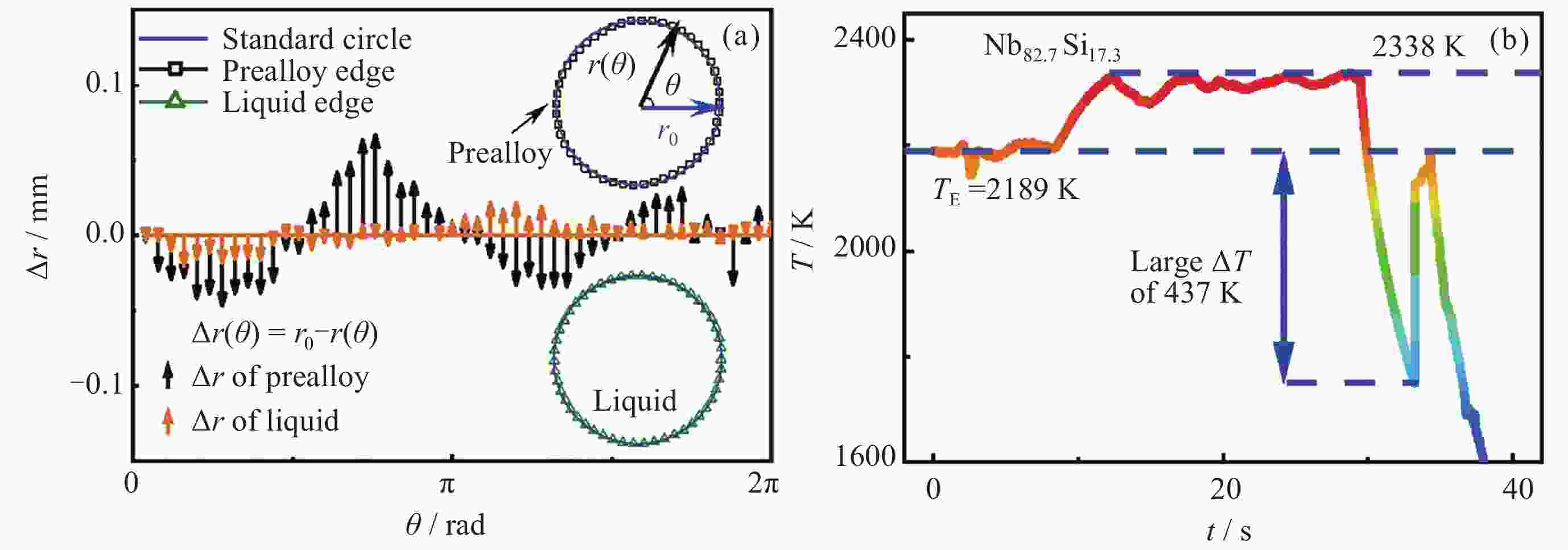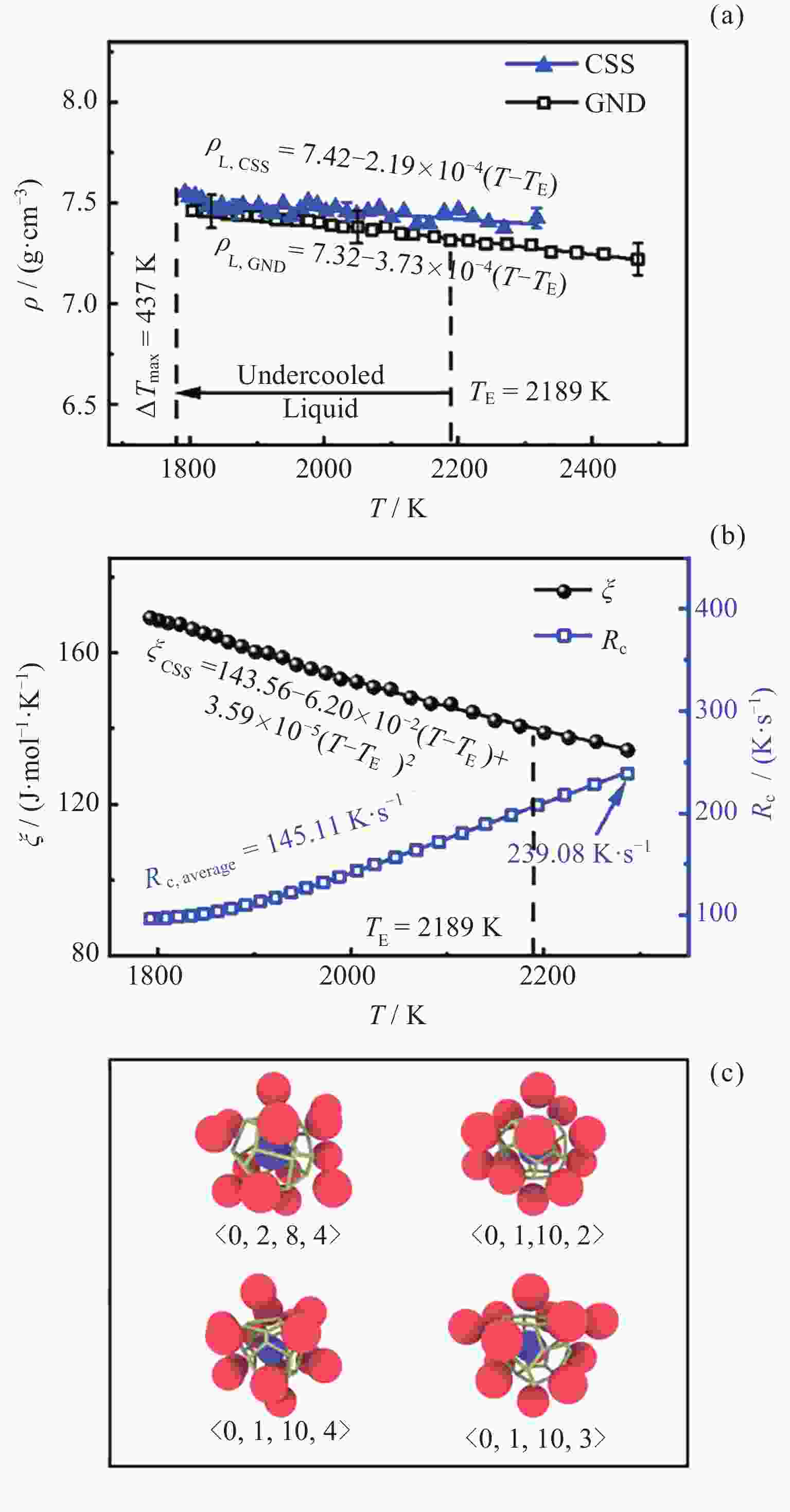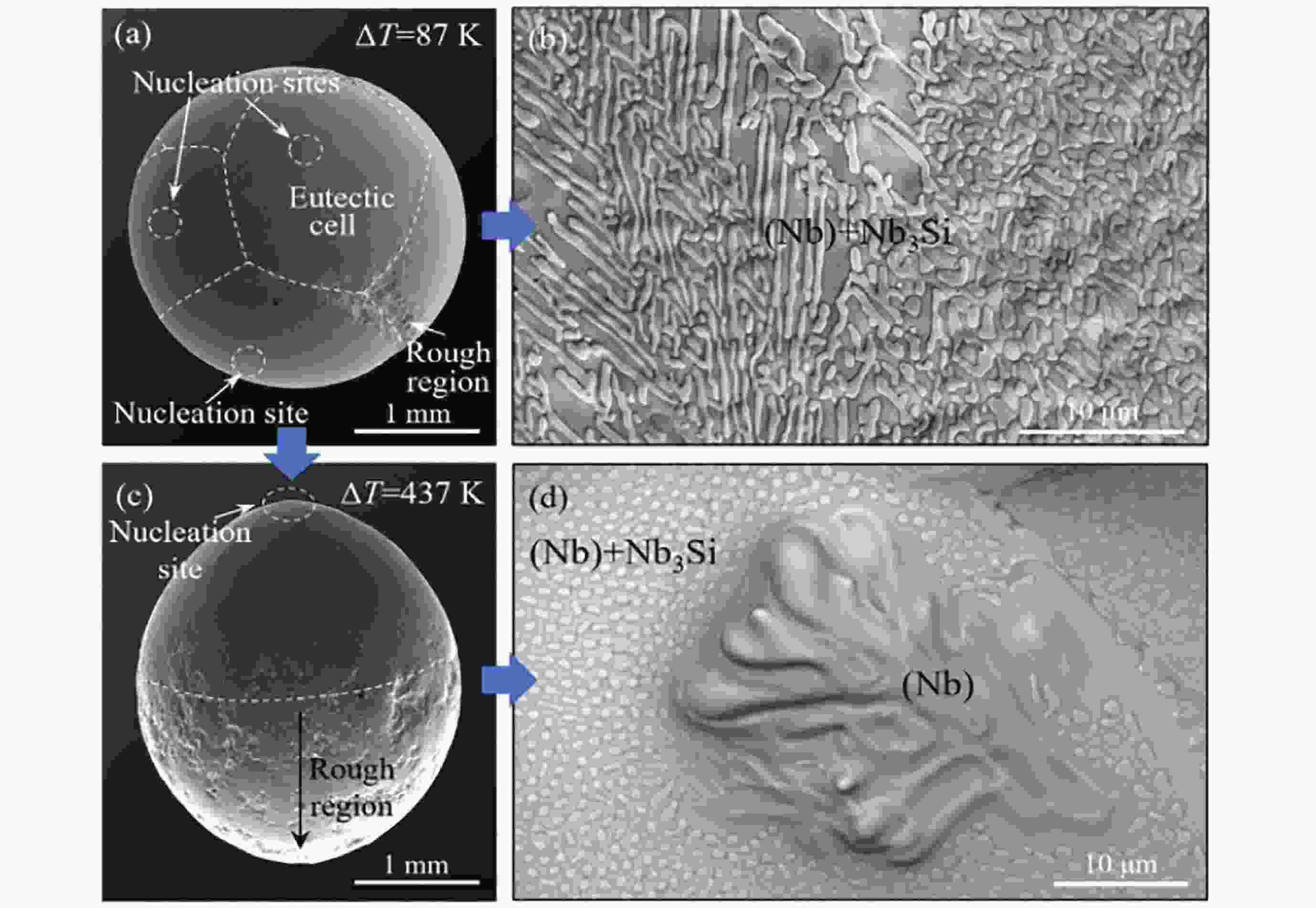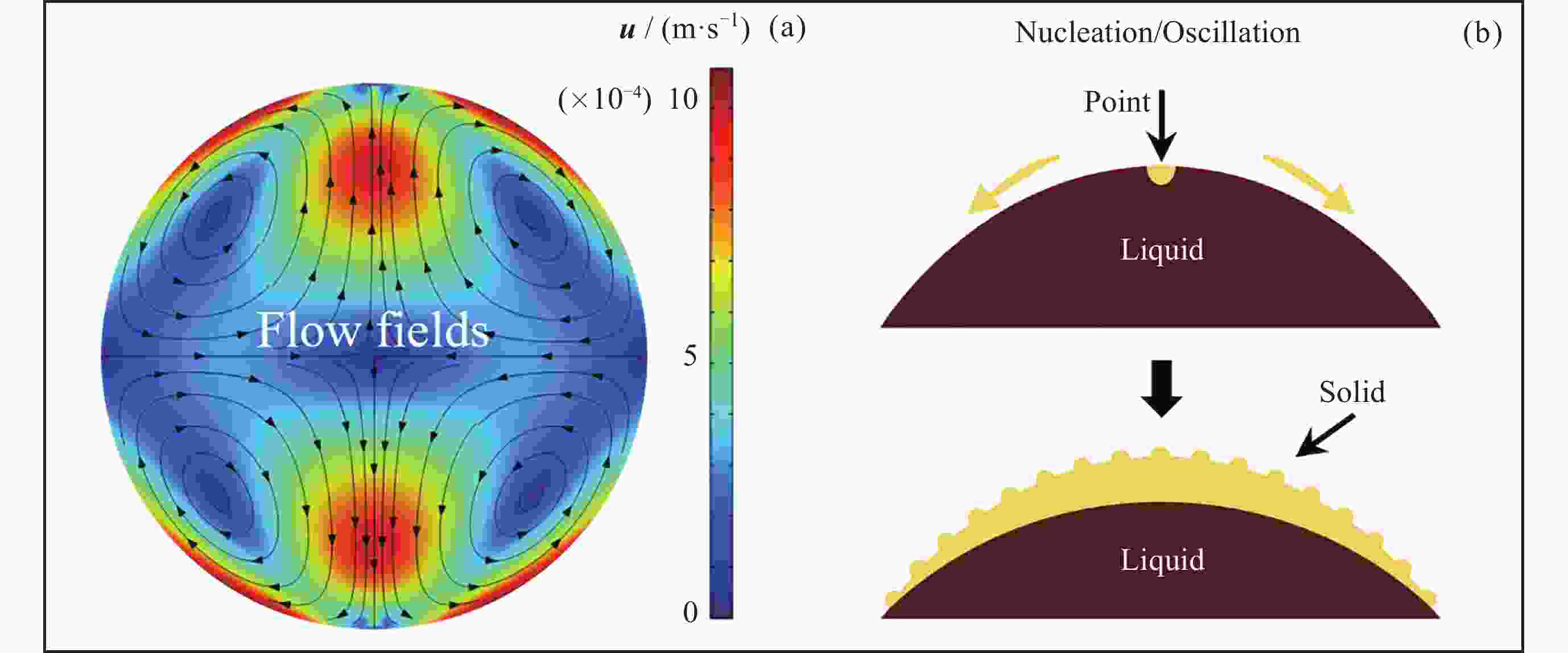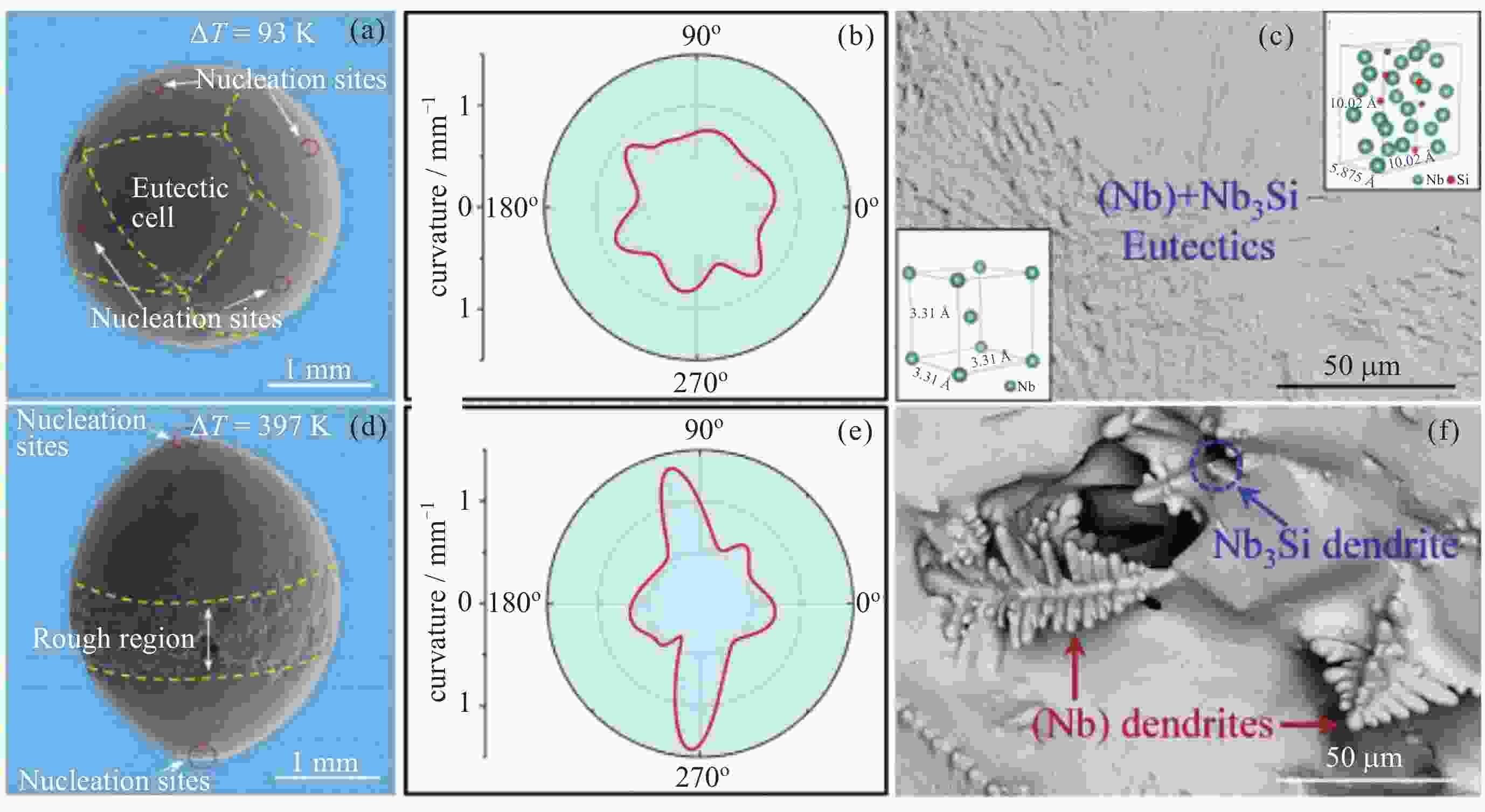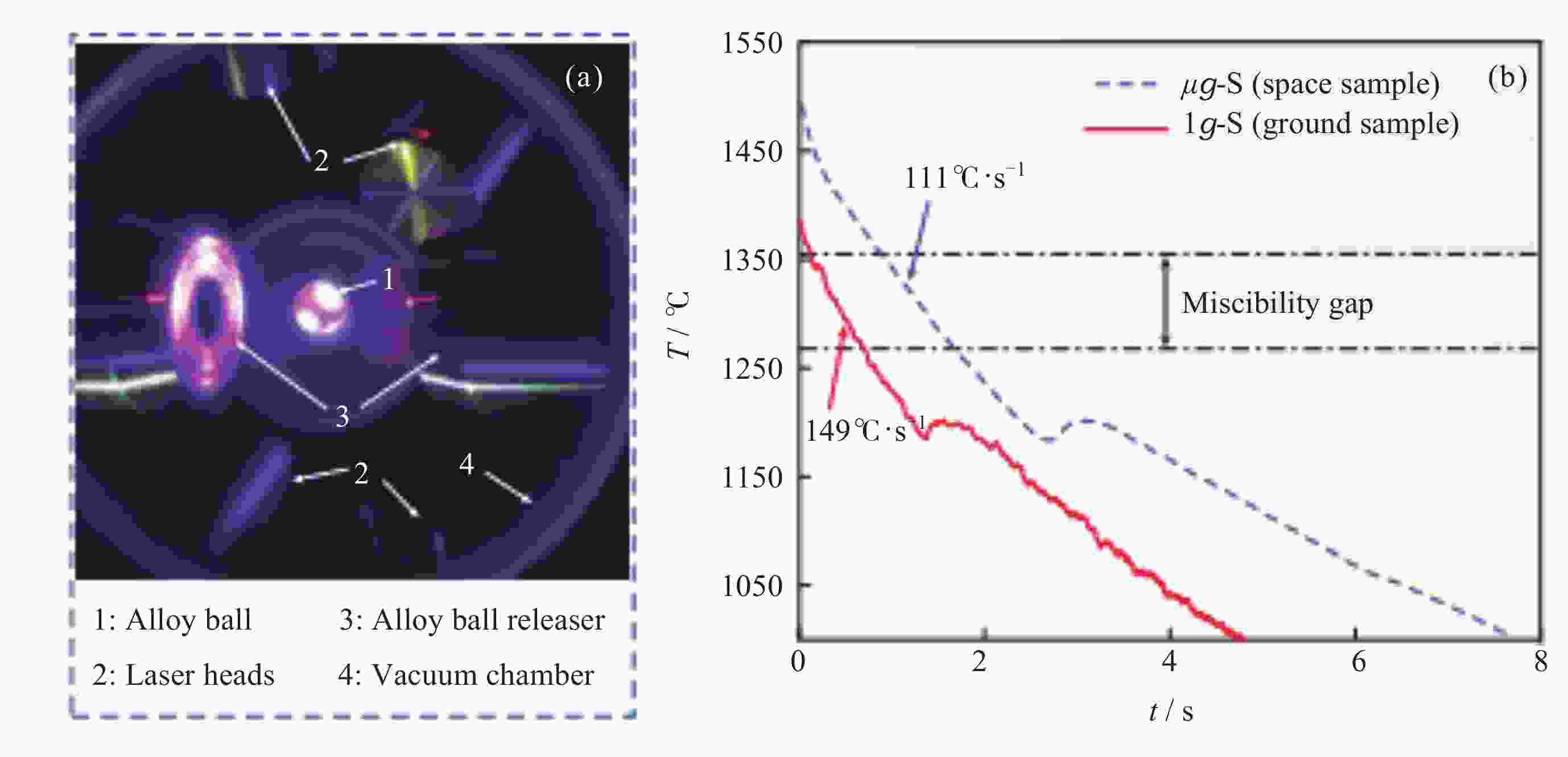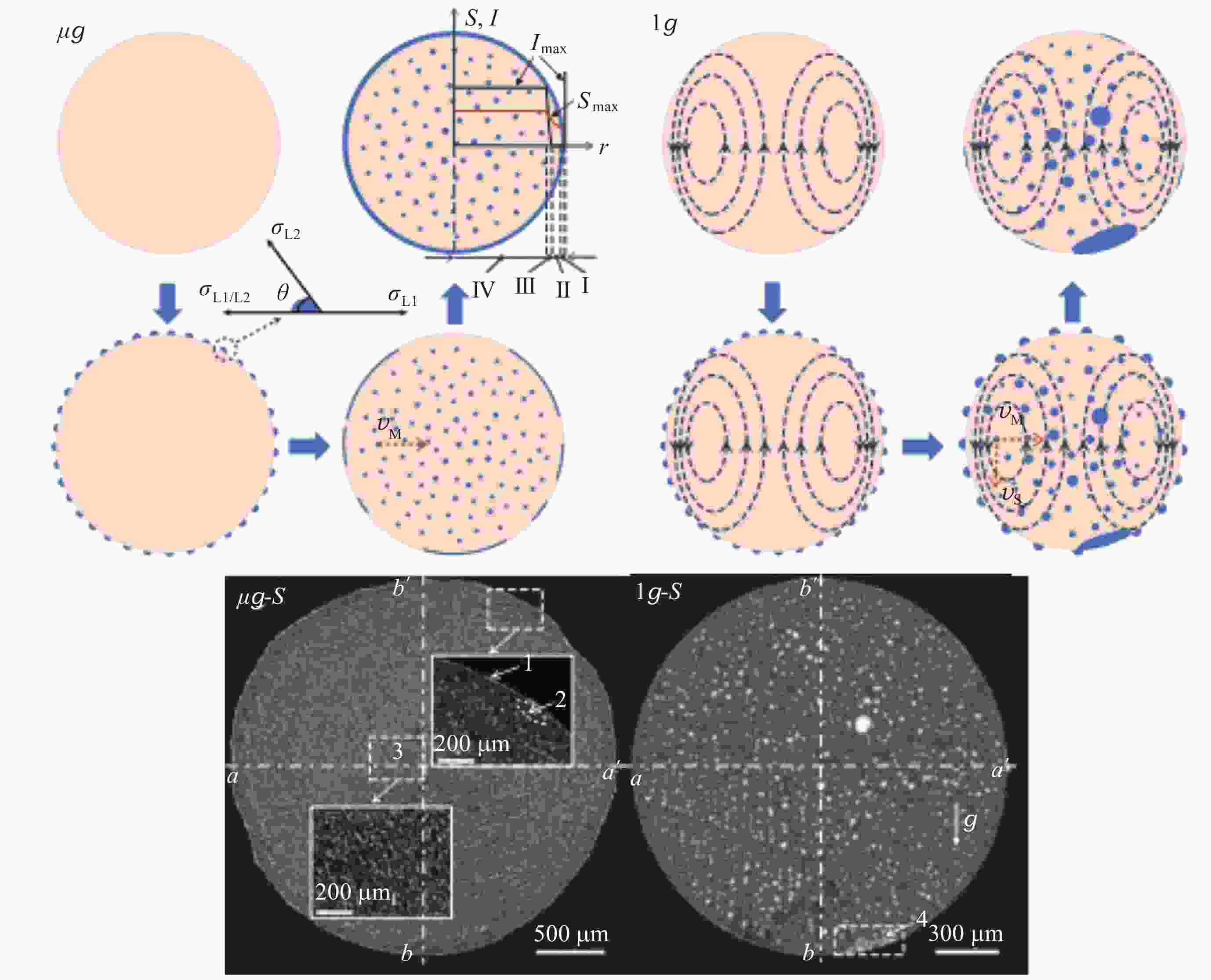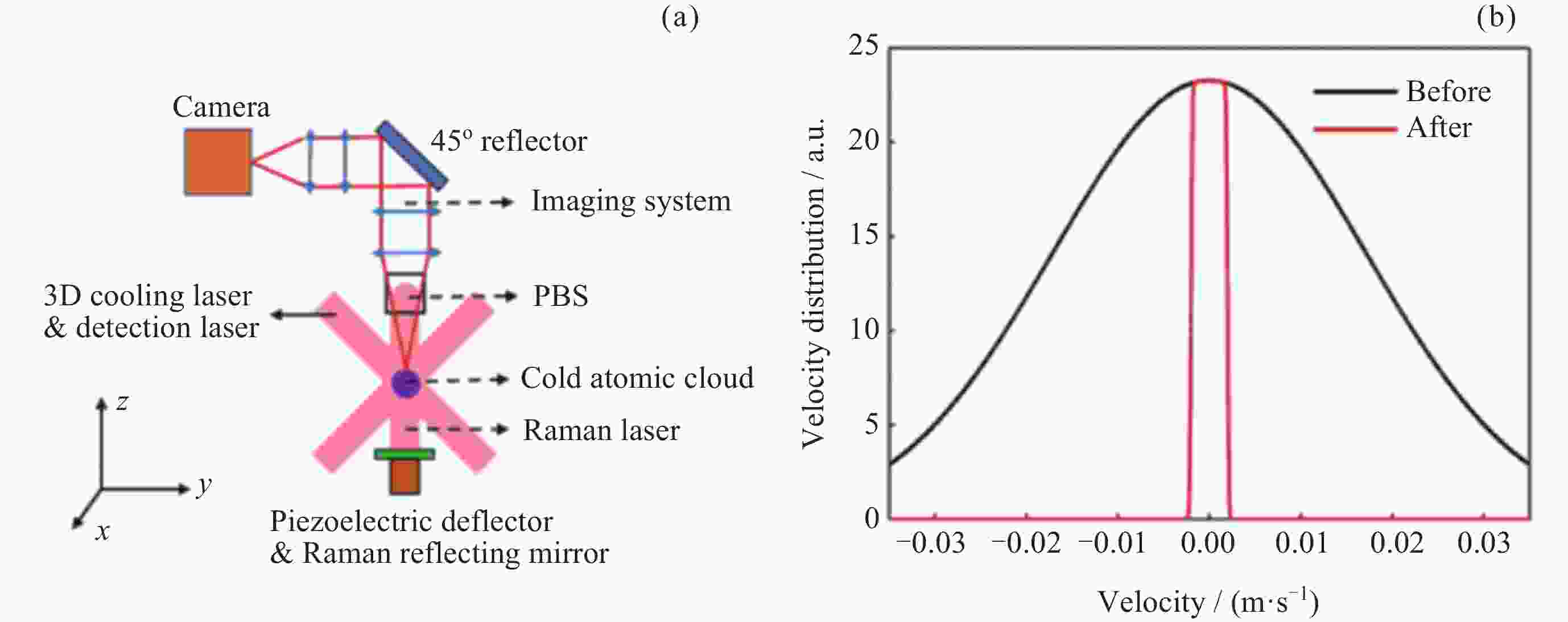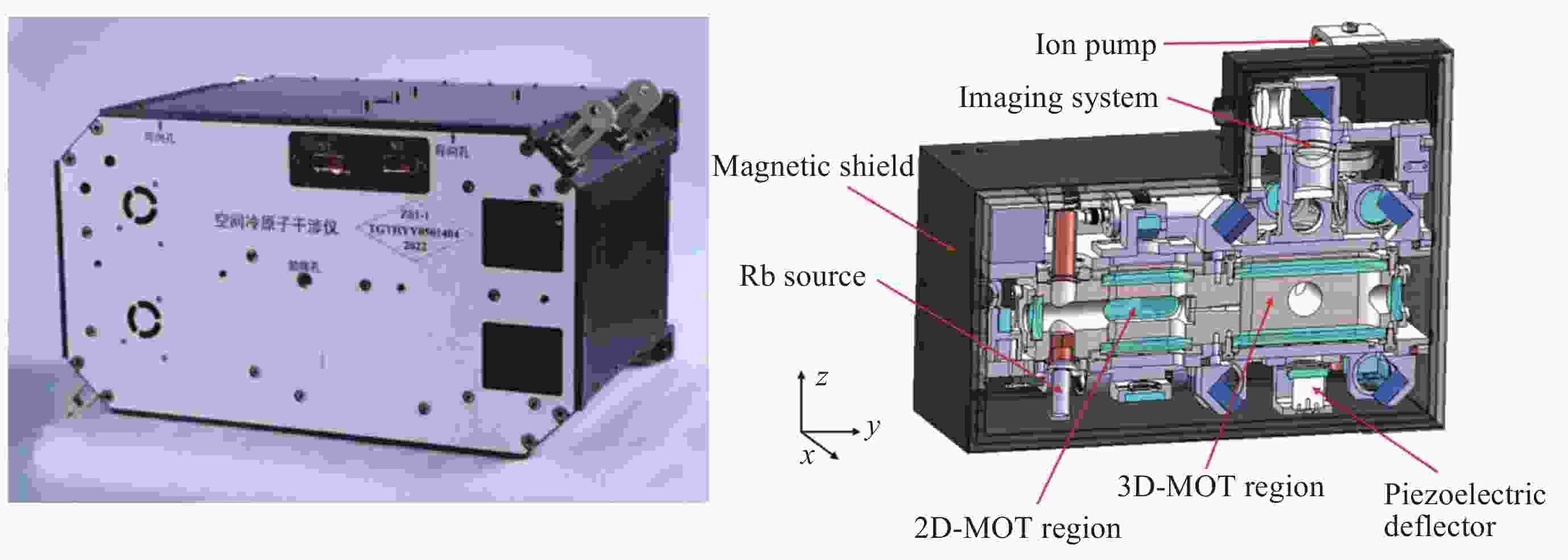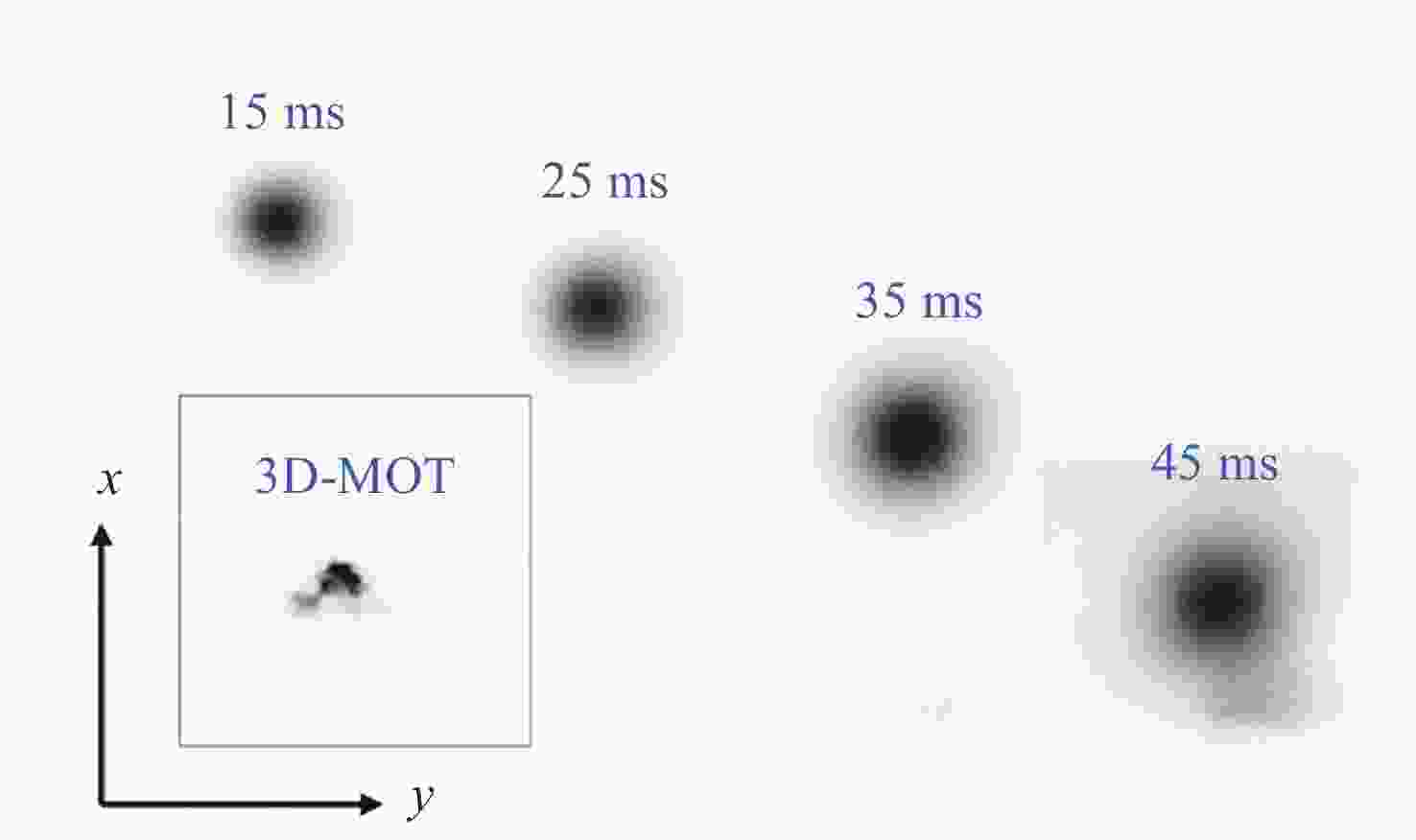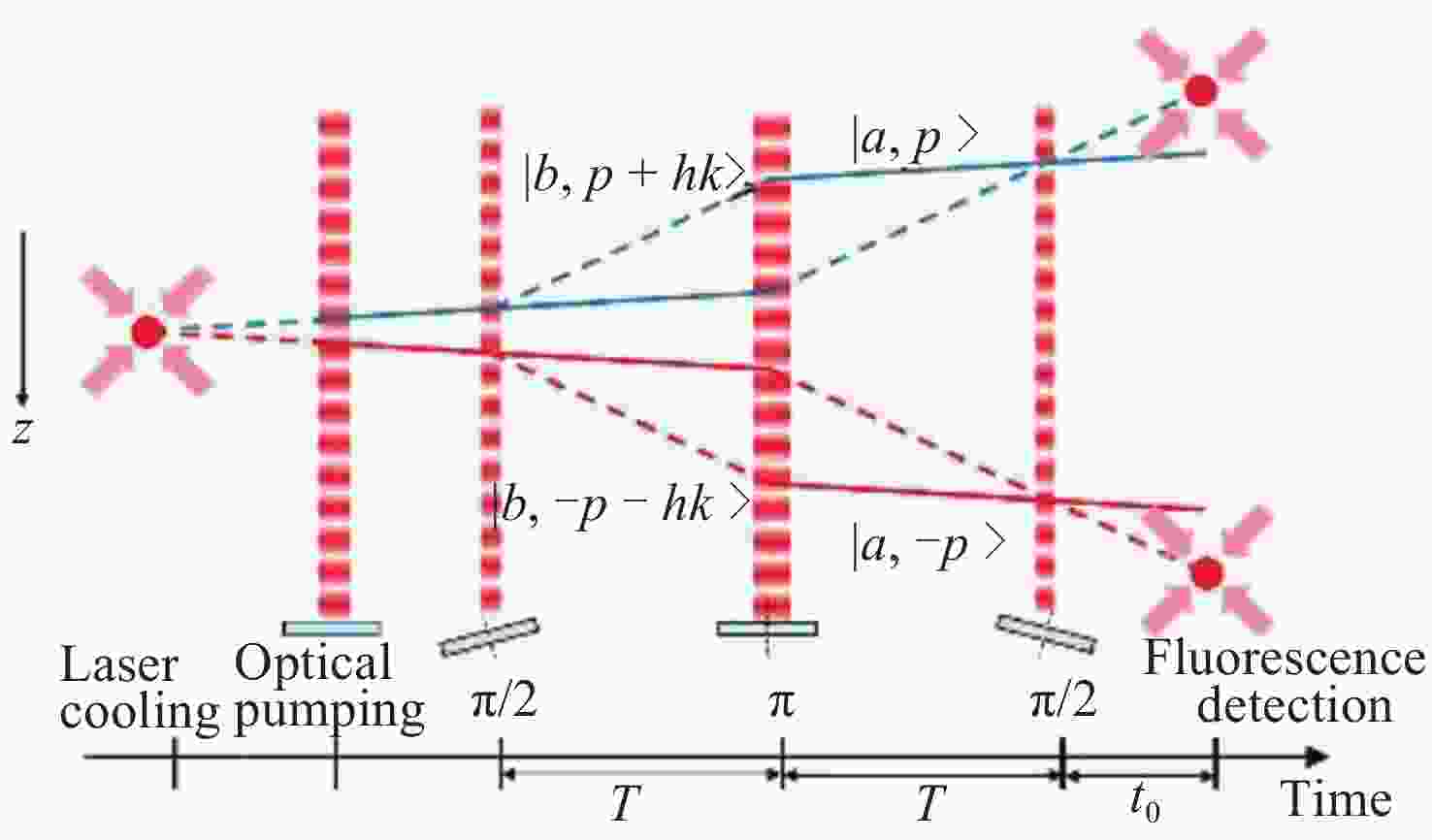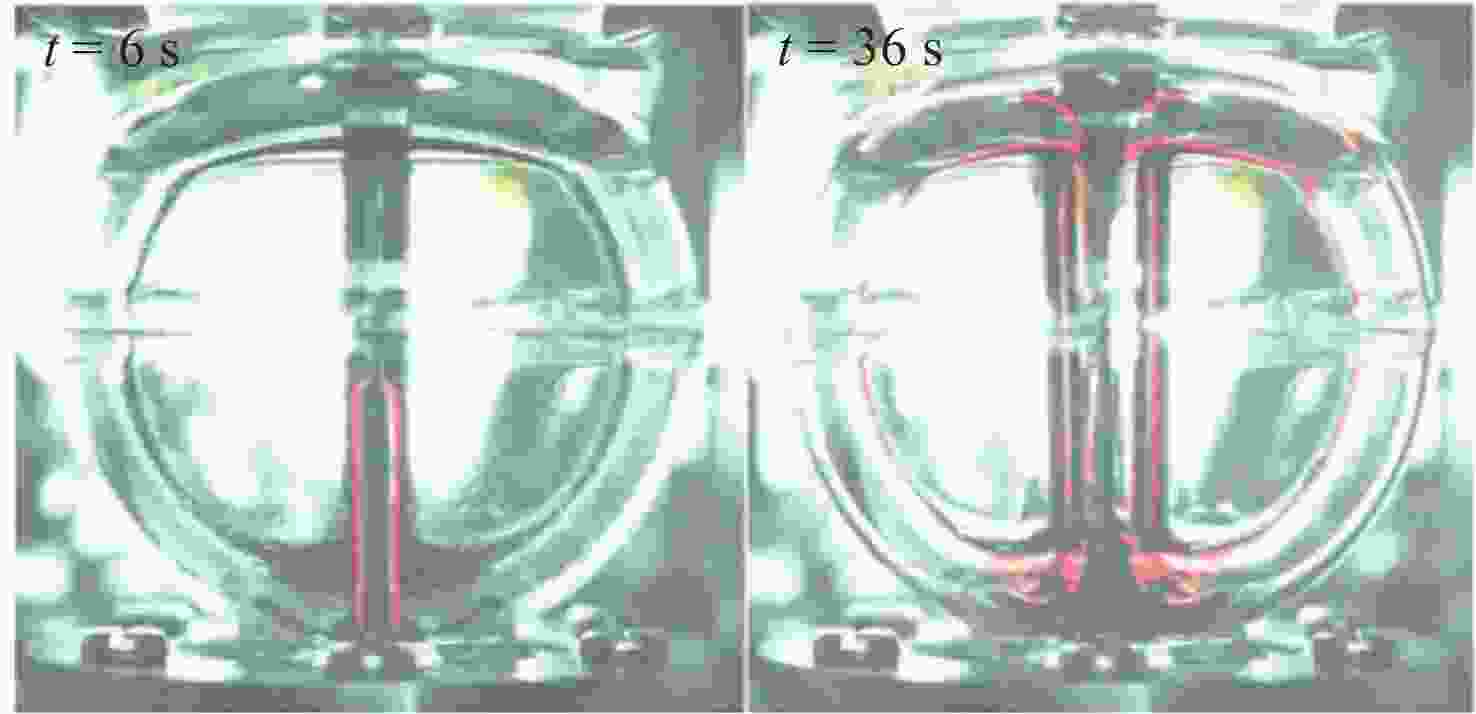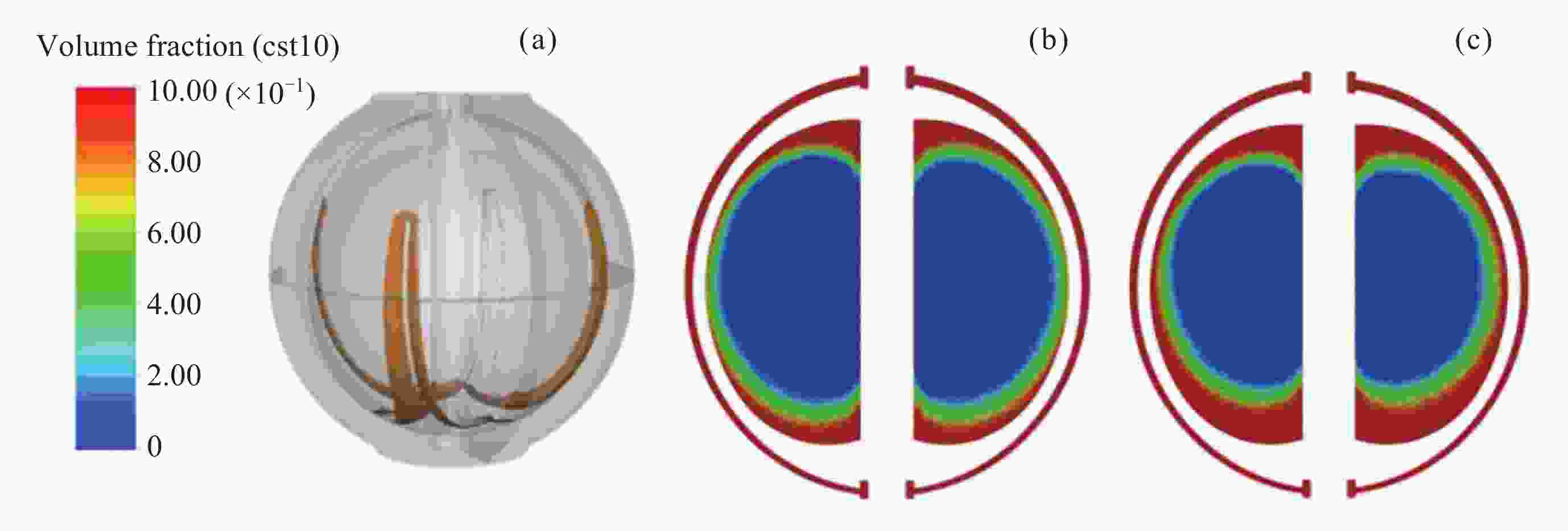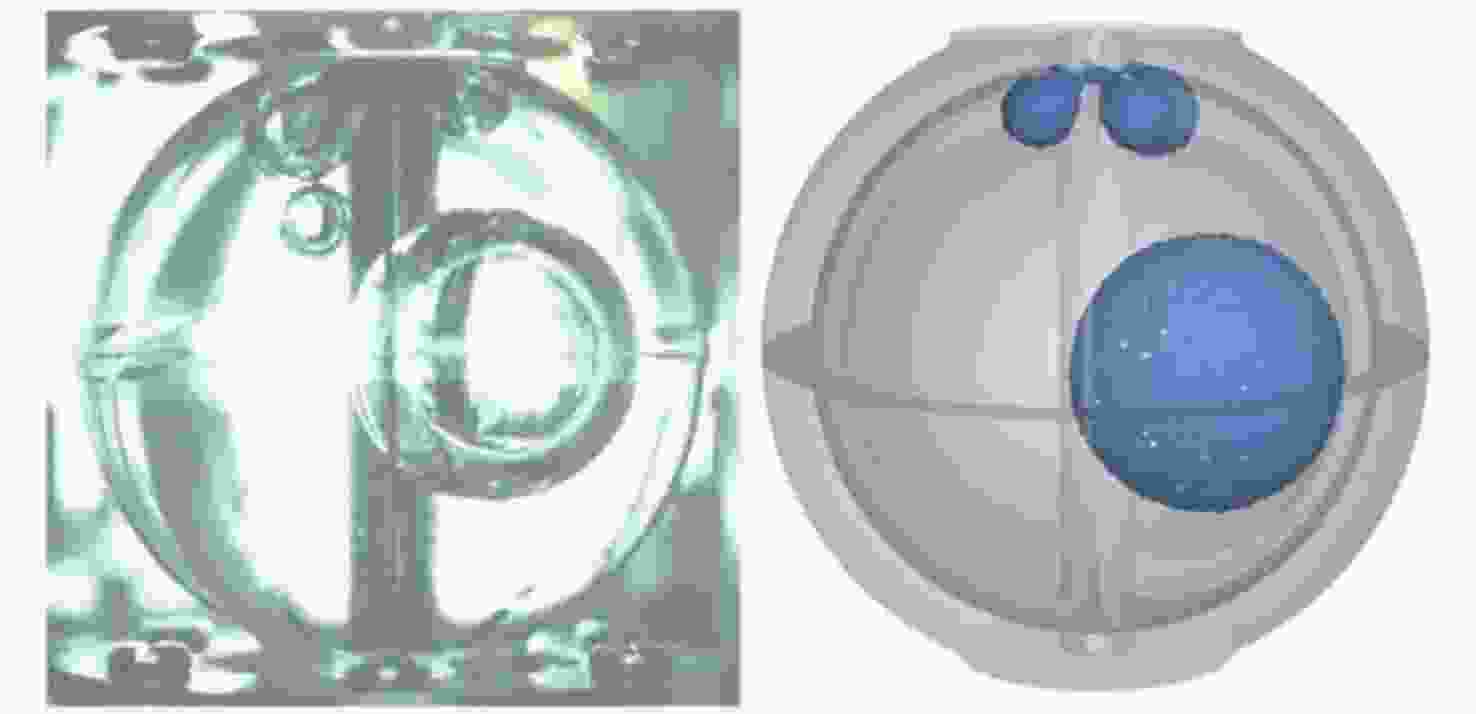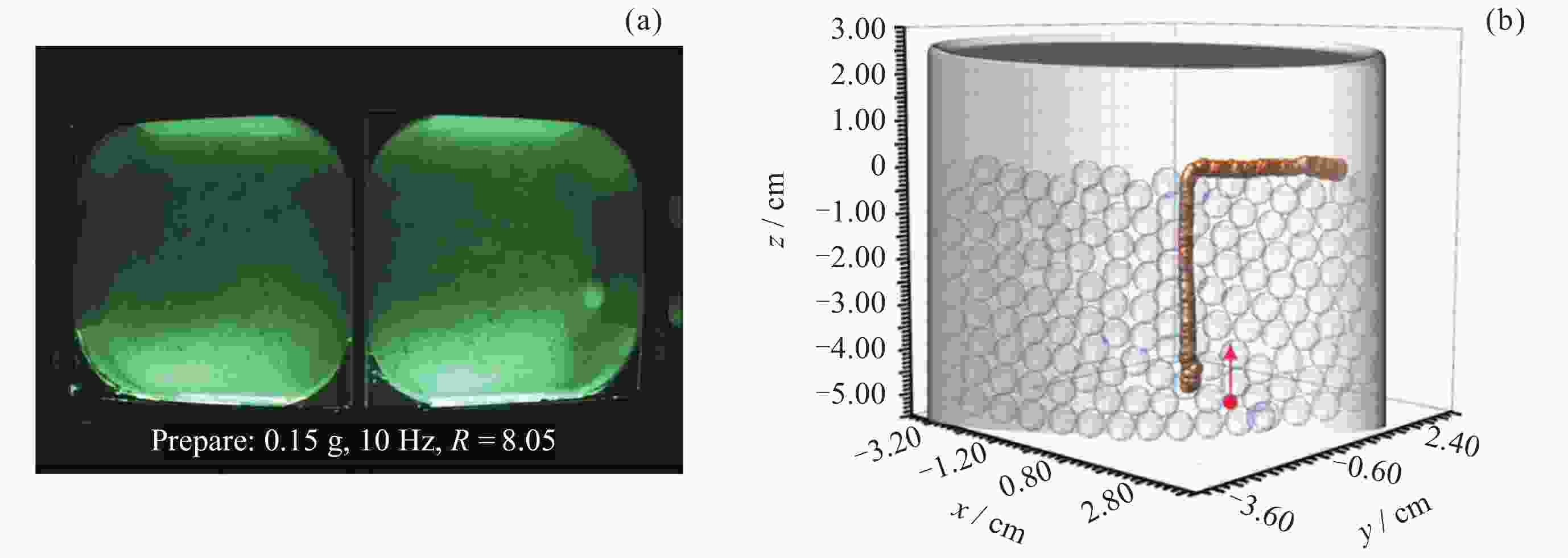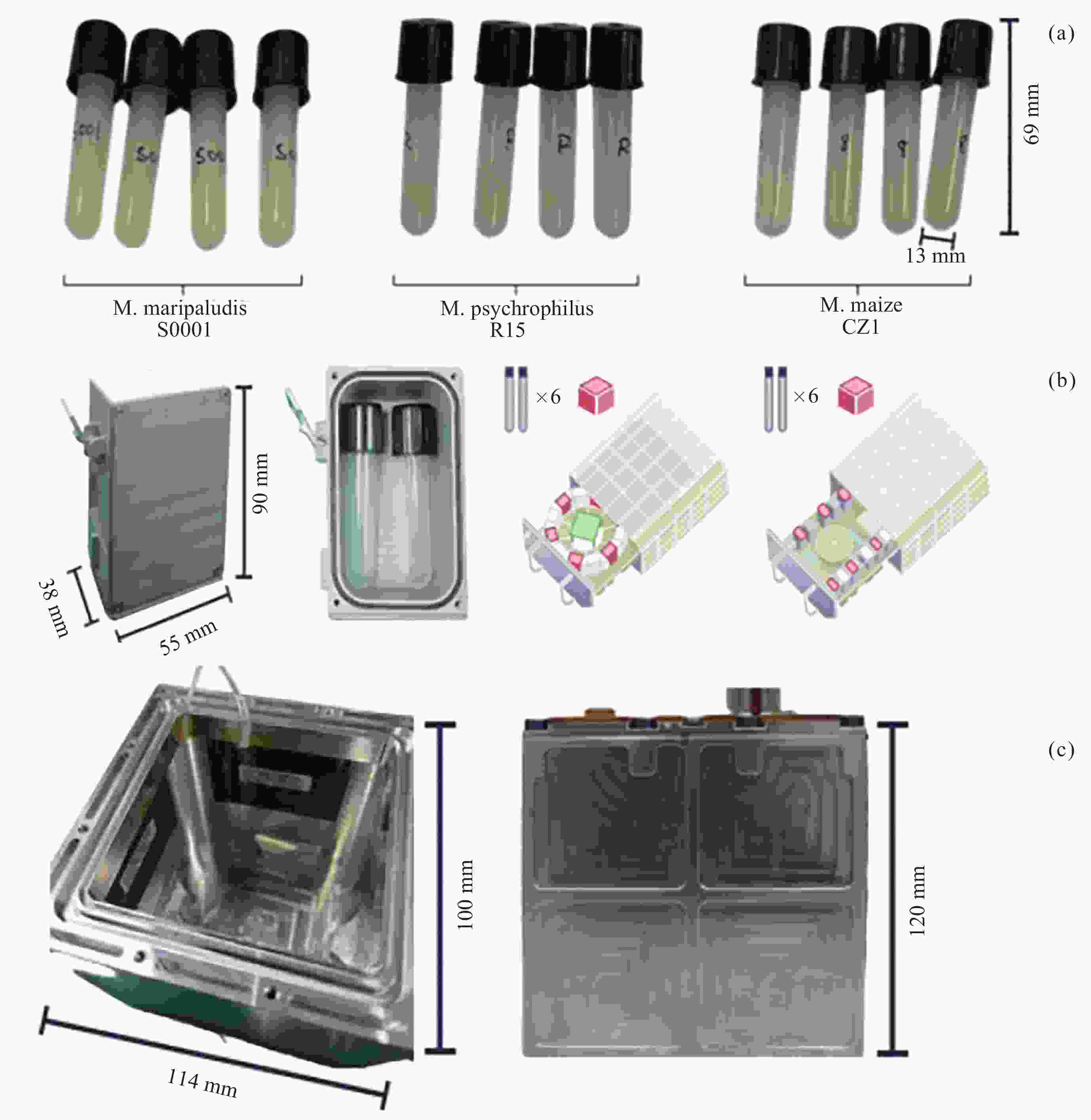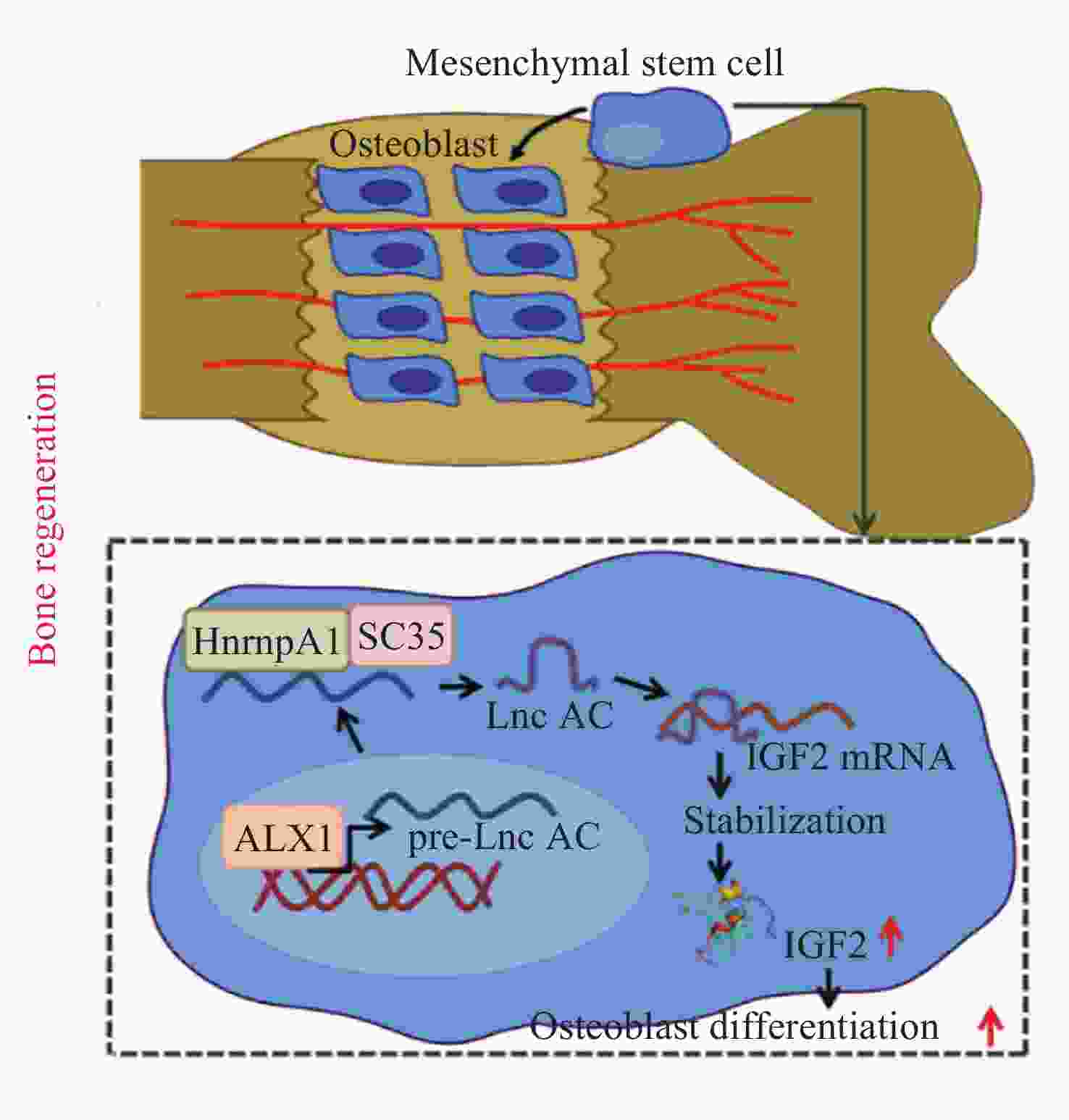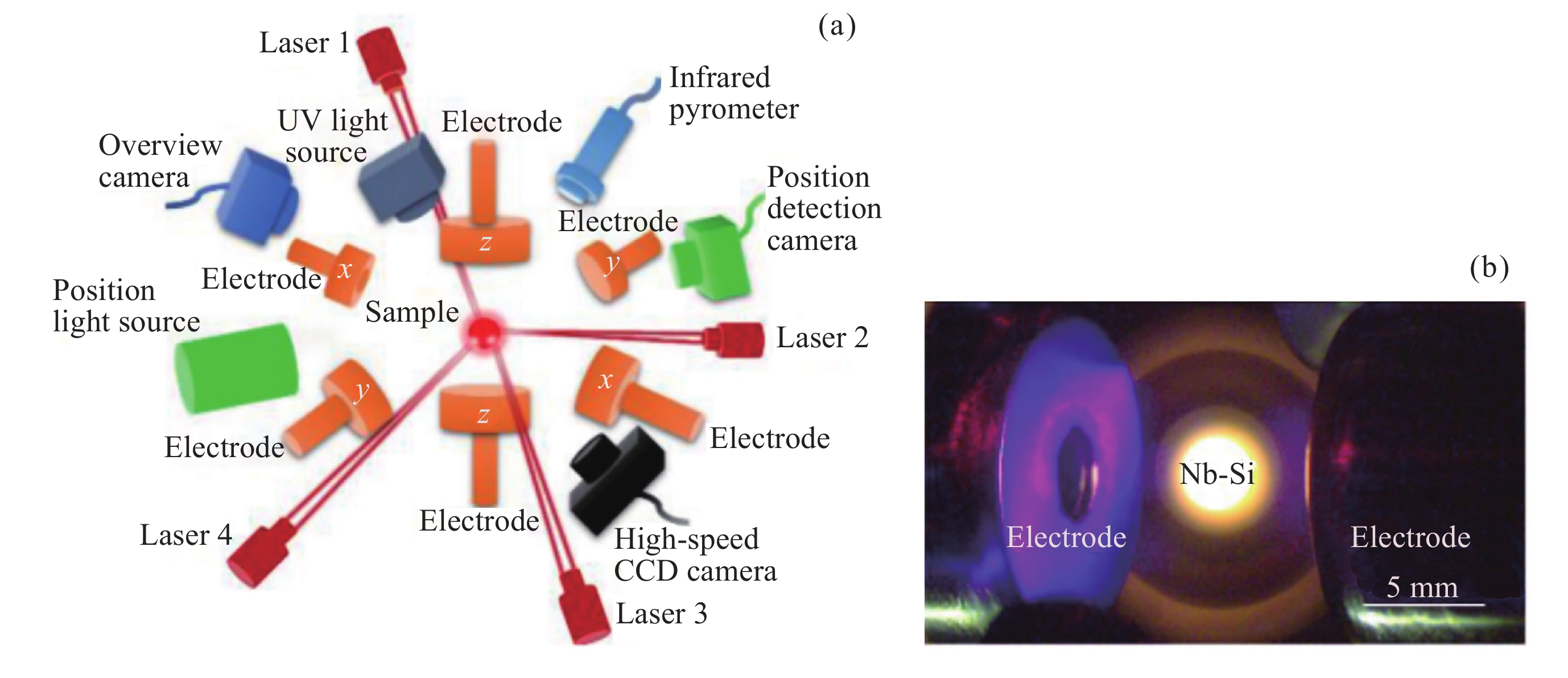Recent Progress in Space Science and Applications on Chinese Space Station in 2022–2024
doi: 10.11728/cjss2024.04.2024-yg09 cstr: 32142.14.cjss2024.04.2024-yg09
-
Abstract: Chinese Space Station (CSS) has been fully deployed by the end of 2022, and the facility has entered into the application and development phase. It has conducted scientific research projects in various fields, such as space life science and biotechnology, space materials science, microgravity fundamental physics, fluid physics, combustion science, space new technologies, and applications. In this review, we introduce the progress of CSS development and provide an overview of the research conducted in Chinese Space Station and the recent scientific findings in several typical research fields. Such compelling findings mainly concern the rapid solidification of ultra-high temperature alloy melts, dynamics of fluid transport in space, gravity scaling law of boiling heat transfer, vibration fluidization phenomenon of particulate matter, cold atom interferometer technology under high microgravity and related equivalence principle testing, the full life cycle of rice under microgravity and so forth. Furthermore, the planned scientific research and corresponding prospects of Chinese space station in the next few years are presented.
-
Figure 1. Electrostatic levitation facility and experimental conditions on board the Chinese Space Station. (a) Schematic of the ESL system. (b) Image of a levitated NbSi alloy droplet[5]
Figure 2. Refractory alloy space station experiment samples. (a) Refractory alloy on the ground was carried into the core module of the Chinese Space Station by Tianzhou-3 cargo spacecraft. (b) Projection of the 2200 K ultra-high temperature alloy melt in the space station experiment. (c) Alloy pellets prepared by solidification on the space station were returned to the ground laboratory on board the Shenzhou 14 manned spacecraft [6]
Figure 3. (a) Circular deviation of floating prealloy surface is notably pronounced, but after undergoing heating and melting, the circular deviation of the floating droplet surface becomes comparatively minimal. (b) Nb-Si alloy reaches an ultrahigh temperature of 2338 K and experiences deep undercooling of 437 K [6]
Figure 4. Properties and structure of liquid Nb-Si alloy obtained by space station experiment: (a) liquid density, (b) liquid heat radiance ratio, (c) the predominant Voronoi polyhedral structure in liquid alloys[6]
Figure 5. Spherical and olive alloy samples prepared in the space station experiment were: (a) photos of small subcooled spherical samples, (b) typical growth microstructure of small undercooling spherical samples, (c) photos of large undercooling olive samples, (d) large undercooling olive-shaped samples (Nb) lead eutectic growth in microstructure[6]
Figure 6. Flow behavior and surface wave formation of space station alloy melt: (a) flow field distribution in alloy melt under microgravity, (b) schematic diagram of alloy surface wave structure formation [6]
Figure 7. Macroscopic shapes of eutectic Nb-Si alloy droplets solidified with different undercoolings aboard CSS[9]
Figure 8. Solidification microstructure formation of Ti-Co-Gd alloy. (a) Electrostatic levitation device. (b) Cooling curves of samples[11]
Figure 9. Schematics of the microstructure formation during liquid-liquid decomposition in space and on the ground [11]
Figure 10. Scheme of the velocity selection and velocity distribution. (a) 3D velocity selection. (b) Velocity distribution of the atomic cloud before and after velocity selection[12]
Figure 11. Space cold atom interferometer payload[12]
Figure 12. TOF fluorescence images of the 85Rb atomic cloud with different falling time[12]
Figure 13. Principle of the double single diffraction scheme for Rb atom[13]
Figure 14. Liquid distribution versus time when filling tank[15]
Figure 15. Liquid-gas interfaces when filling TA (a). Liquid distribution in the cross section when the liquid seal just forms (b), and liquid distribution in the cross section after further filling (c). Red region represents liquid and the blue region represents the gas[16]
Figure 16. Comparison between experimental and numerical results[15]
Figure 18. 3D trajectory plot illustrating the path followed by the intruder throughout the experiment[18]
Figure 19. Schematic view of exo-ecosystem space experiment. (a) Space samples. (b) Units for the simulated gravity experiments conducted in the Wentian module of Chinese space station. (c) Units for radiation experiments conducted at the exposure platform in the Mengtian module[20]
-
[1] 中国载人航天. 神舟十六号载人飞行任务新闻发布会召开[EB/OL]. (2023-05-29)[2024-06-01]. https://www.cmse.gov.cn/xwzx/202305/t20230529_53634.htmlChina Manned Space. Press conference for Shenzhou XVI manned flight mission[EB/OL]. (2023-05-29)[2024-06-01]. https://www.cmse.gov.cn/xwzx/202305/t20230529_53634.html [2] 顾逸东. 关于空间科学发展的一些思考[J]. 中国科学院院刊, 2022, 37 (8): 1031-1049 [3] GU Y D. The China Space Station: a new opportunity for space science[J]. National Science Review, 2021, 9: nwab219 [4] 中国载人航天办公室. 中国载人航天空间站应用与发展工程空间科学与应用项目征集公告 [EB/OL]. (2023-06-19)[2024-06-19]. https://www.cmse.gov.cn/gfgg/202306/t20230616_53912.html [5] CHANG J, WANG H P, LIAO H, et al. Remarkable undercooling capability and metastable thermophysical properties of liquid Nb84.1Si15.9 alloy revealed by electrostatic levitation in outer space[J]. Review of Scientific Instruments, 2024, 95(3): 034501 doi: 10.1063/5.0191962 [6] WANG H P, HU L, XIE W J, et al. Metastable liquid properties and surface flow patterns of ultrahigh temperature alloys explored in outer space[J]. Angewandte Chemie International Edition, 2024, 63(15): e202400312 doi: 10.1002/anie.202400312 [7] WANG H P, LIU D N, ZHENG C H, et al. Spiral eutectic growth dynamics facilitated by space Marangoni convection and liquid surface wave[J]. Physics of Fluids, 2024, 36(4): 047137 doi: 10.1063/5.0203971 [8] FAN Y, ZHAO Y, TORRES J F, et al. Natural convection over vertical and horizontal heated flat surfaces: A review of recent progress focusing on underpinnings and implications for heat transfer and environmental applications[J]. Physics of Fluids, 2021, 33(10): 101301 [9] WANG H P, LIAO H, HU L, et al. Freezing shrinkage dynamics and surface dendritic growth of floating refractory alloy droplets in outer space[J]. Advanced Materials, 2024, 36(24): 2313162 doi: 10.1002/adma.202313162 [10] WANG H P, LIAO H, CHANG J, et al. Decoupling effect stimulated independent dendrite growth of eutectic phases under microgravity and containerless states[J]. Materialstoday, 2024, 75: 386-392 [11] ZHAO J Z, SUN H, ZHANG L L, et al. In-situ composite microstructure formation of immiscible alloy solidified in space[J]. National Science Review, 2023, 10 (2): nwac261 [12] HE M, CHEN X, FANG J, et al. The space cold atom interferometer for testing the equivalence principle in the China Space Station[J]. NPJ Microgravity, 2023, 9(1): 58 doi: 10.1038/s41526-023-00306-y [13] LI J T, CHEN X, ZHANG D F, et al. Realization of a cold atom gyroscope in space[OL]. arXiv preprint arXiv: 2405.20659, 2024 [14] JIANG W J, LI Z G, ZHAO J F, et al. The study of an integrated sensor for partial nucleate pool boiling at low heat flux[J]. IEEE Sensors Journal, 2022, 22(24): 23692-23698 doi: 10.1109/JSEN.2022.3215680 [15] CHEN S T, HU L, CHEN S Y, et al. Study on the shape and motion of bubbles in the tank model with a central column aboard the Chinese Space Station[J]. Physics of Fluids, 2024, 36(1): 012124 doi: 10.1063/5.0180681 [16] CHEN S Y, DUAN L, LI W, et al. Profiles of free surfaces in revolved containers under microgravity[J]. Microgravity Science and Technology, 2024, 36(1): 11 doi: 10.1007/s12217-023-10093-6 [17] CHENG K, HOU M Y, LI T, et al. Tracking the motion of an intruder particle in a three-dimensional granular bed on-board the Chinese Space Station[J]. Microgravity Science and Technology, 2024, 36(2): 15 doi: 10.1007/s12217-024-10102-2 [18] LI T, CHENG K, PENG Z, et al. Intruder trajectory tracking in a three-dimensional vibration-driven granular system: unveiling the mechanism of the Brazil nut effect[J]. Chinese Physics B, 2023, 32(10): 104501 doi: 10.1088/1674-1056/acf040 [19] LI T, CHENG K, HOU M Y, et al. The intruder motion in a cubic granular container[J]. Physics of Fluids, 2024, 36(7): 073304 doi: 10.1063/5.0210406 [20] CUI D, LI L Y, YANG S Y, et al. In pursuit of life beyond Earth[J]. Nature Astronomy, 2023, 7(8): 1004-1005 doi: 10.1038/s41550-023-02033-6 [21] ZHANG C, WU S L, CHEN E M, et al. ALX1-transcribed LncRNA AC132217.4 promotes osteogenesis and bone healing via IGF-AKT signaling in mesenchymal stem cells[J]. Cellular and Molecular Life Sciences, 2022, 79(6): 328 doi: 10.1007/s00018-022-04338-7 -
-





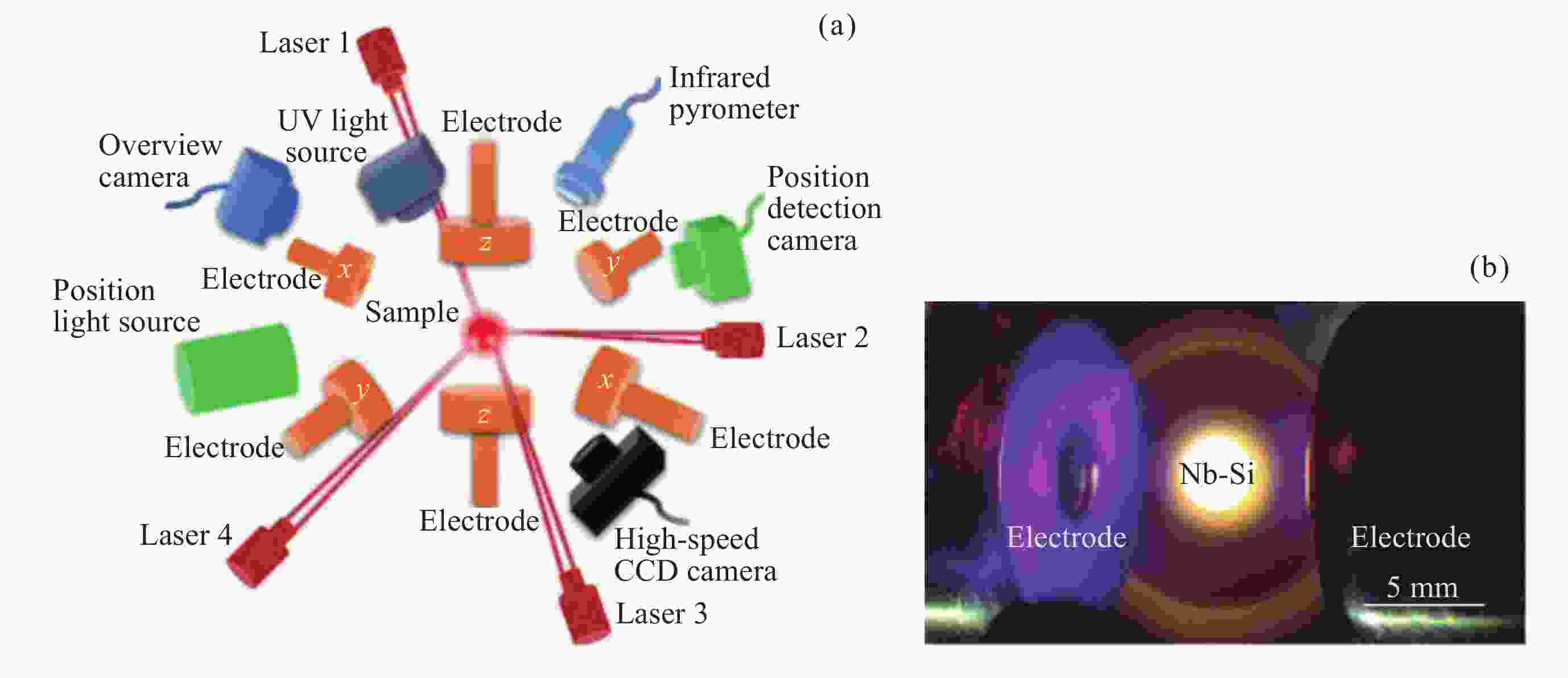
 下载:
下载:

